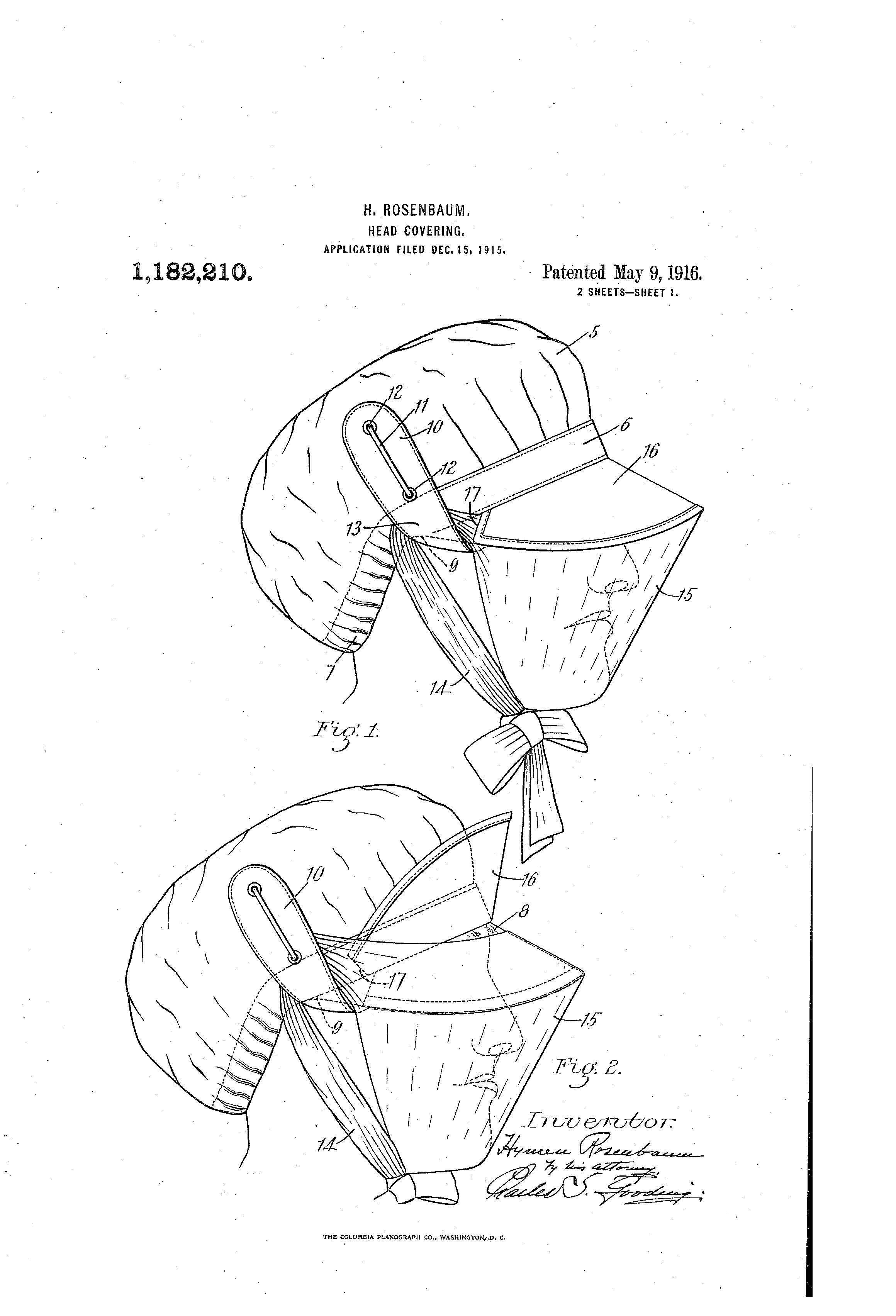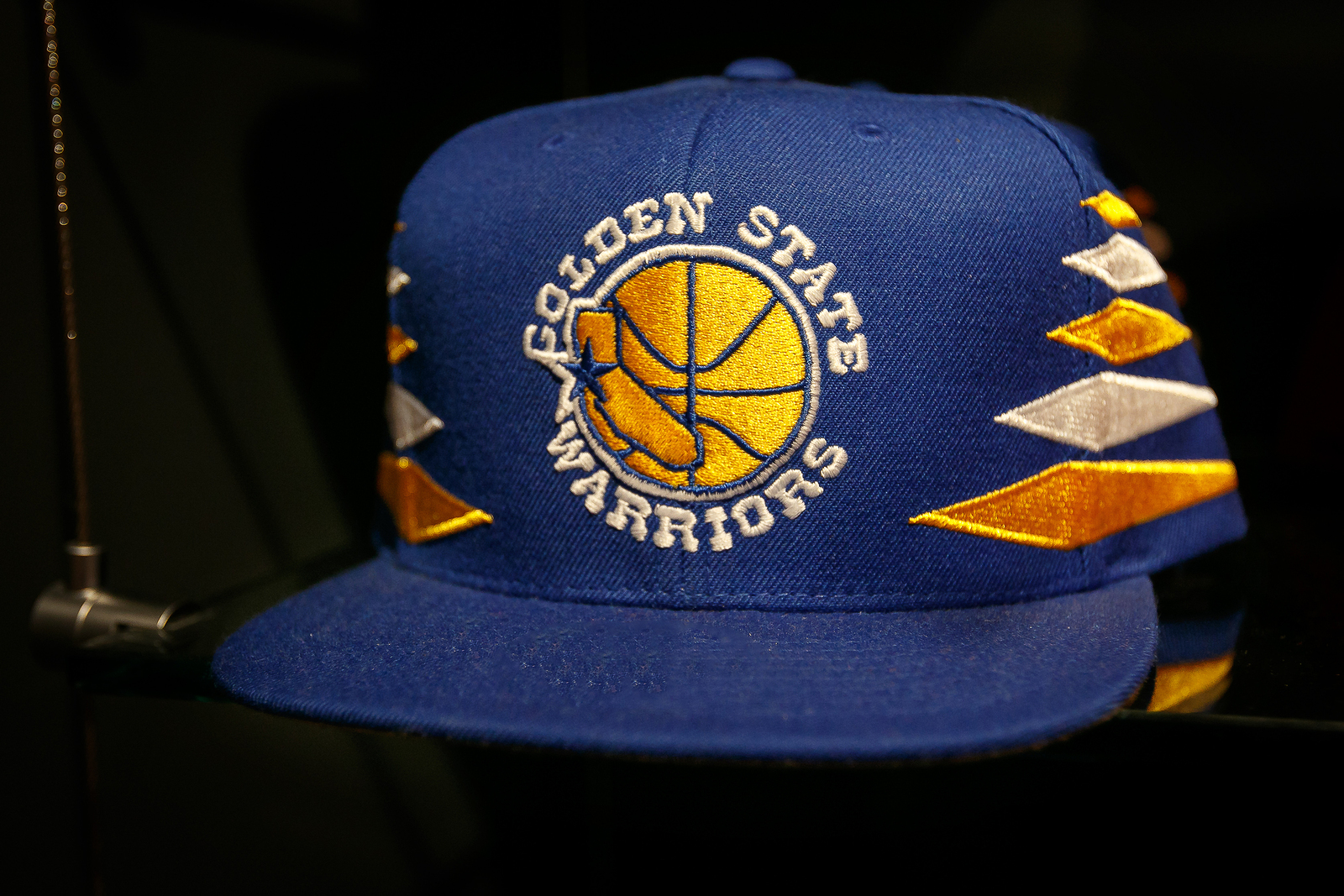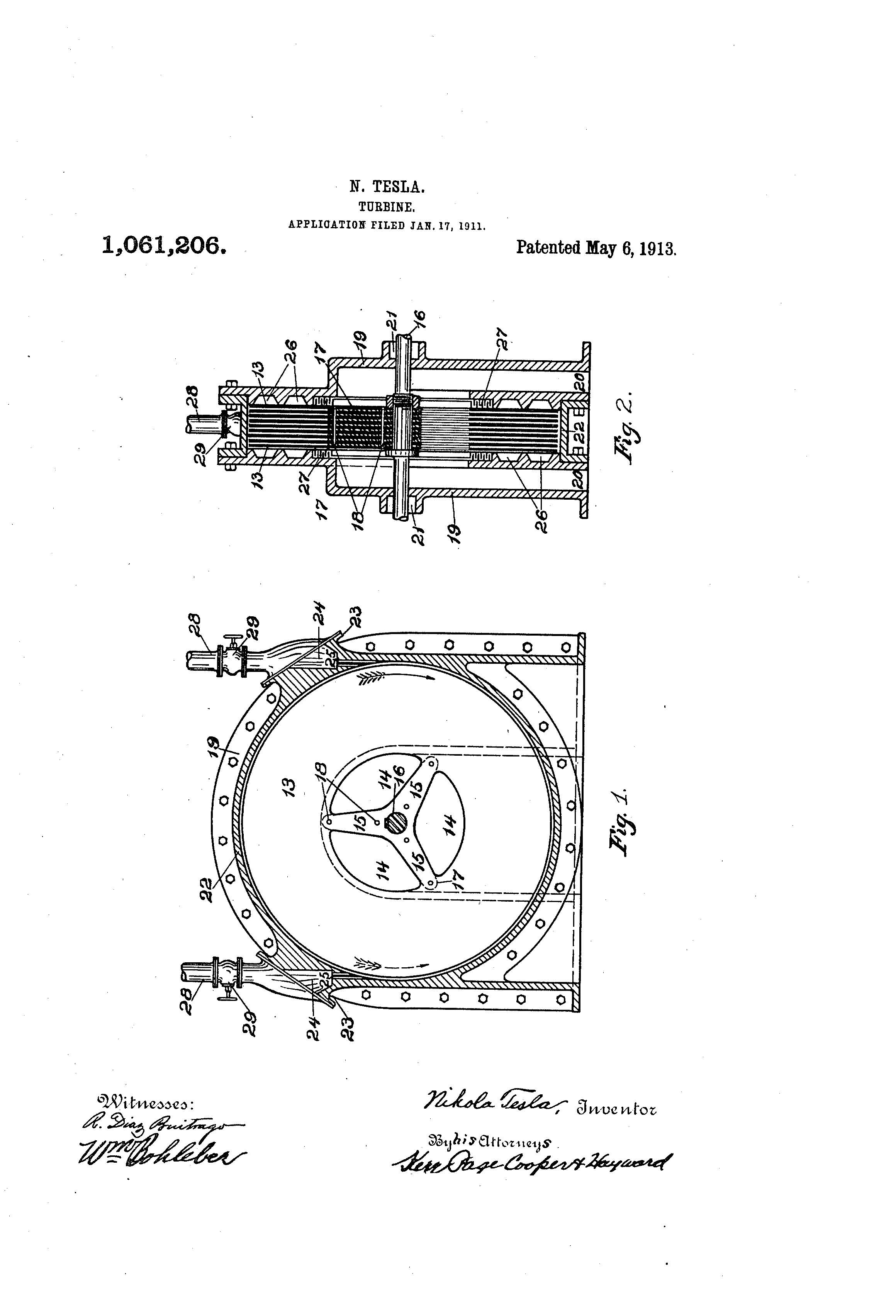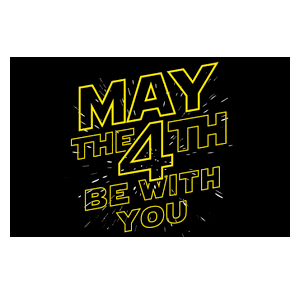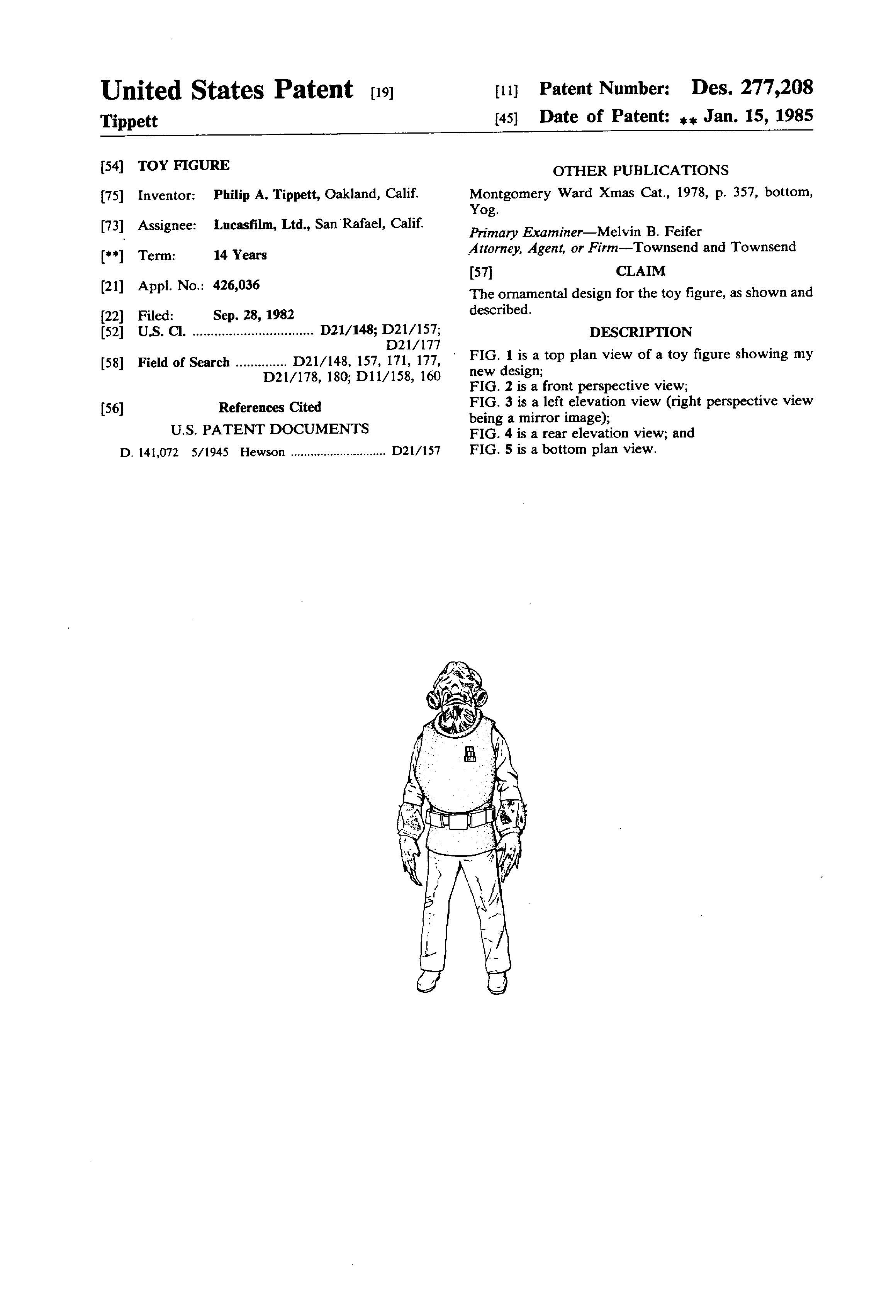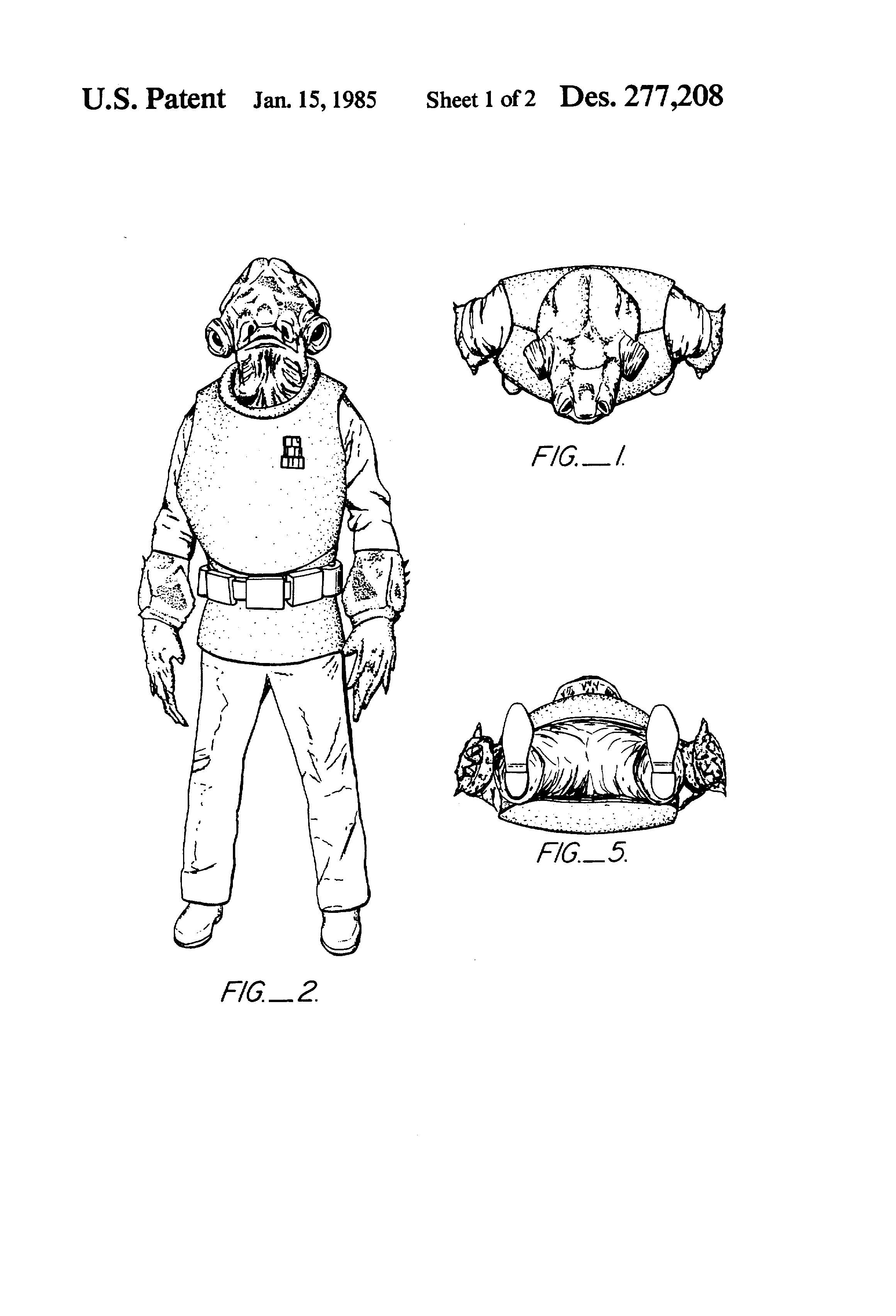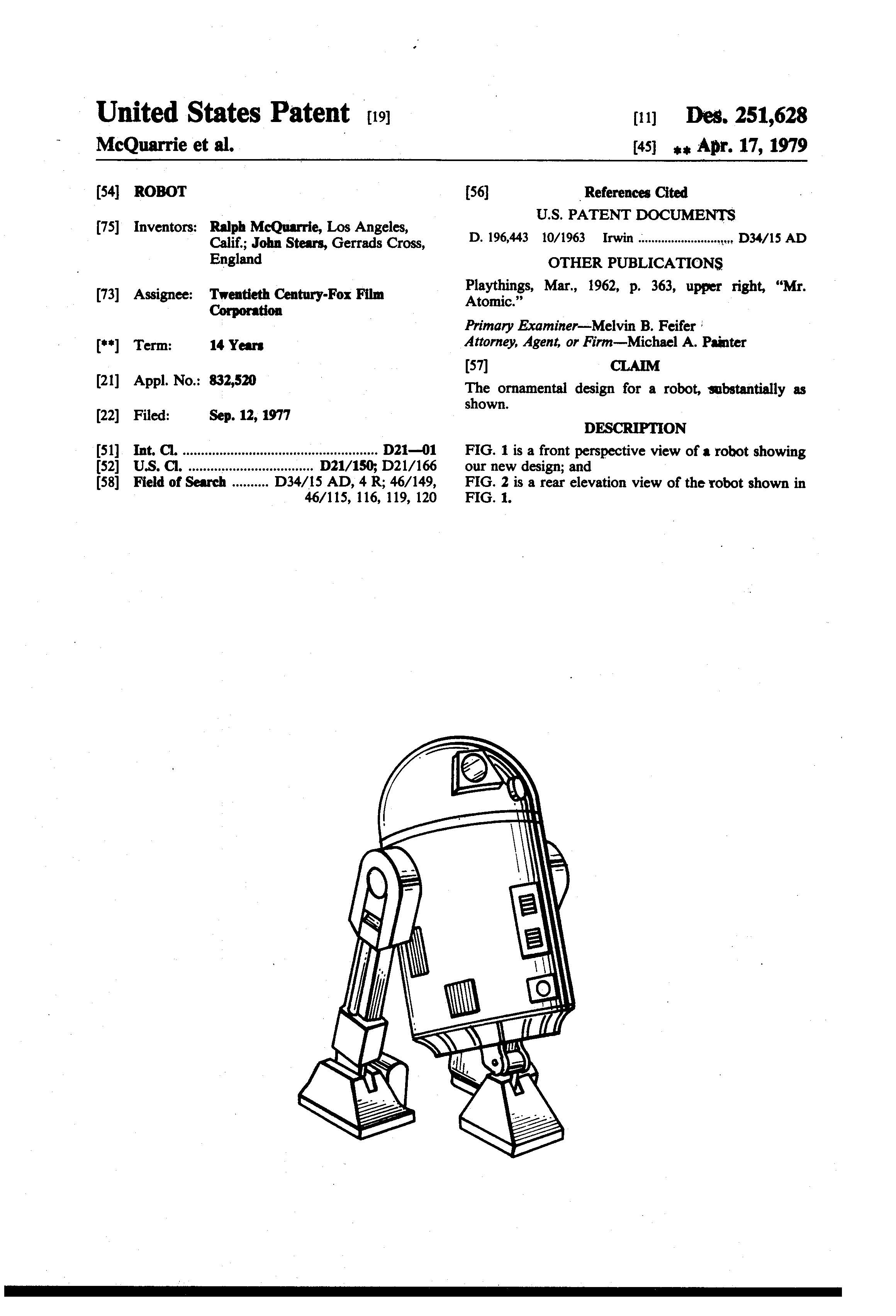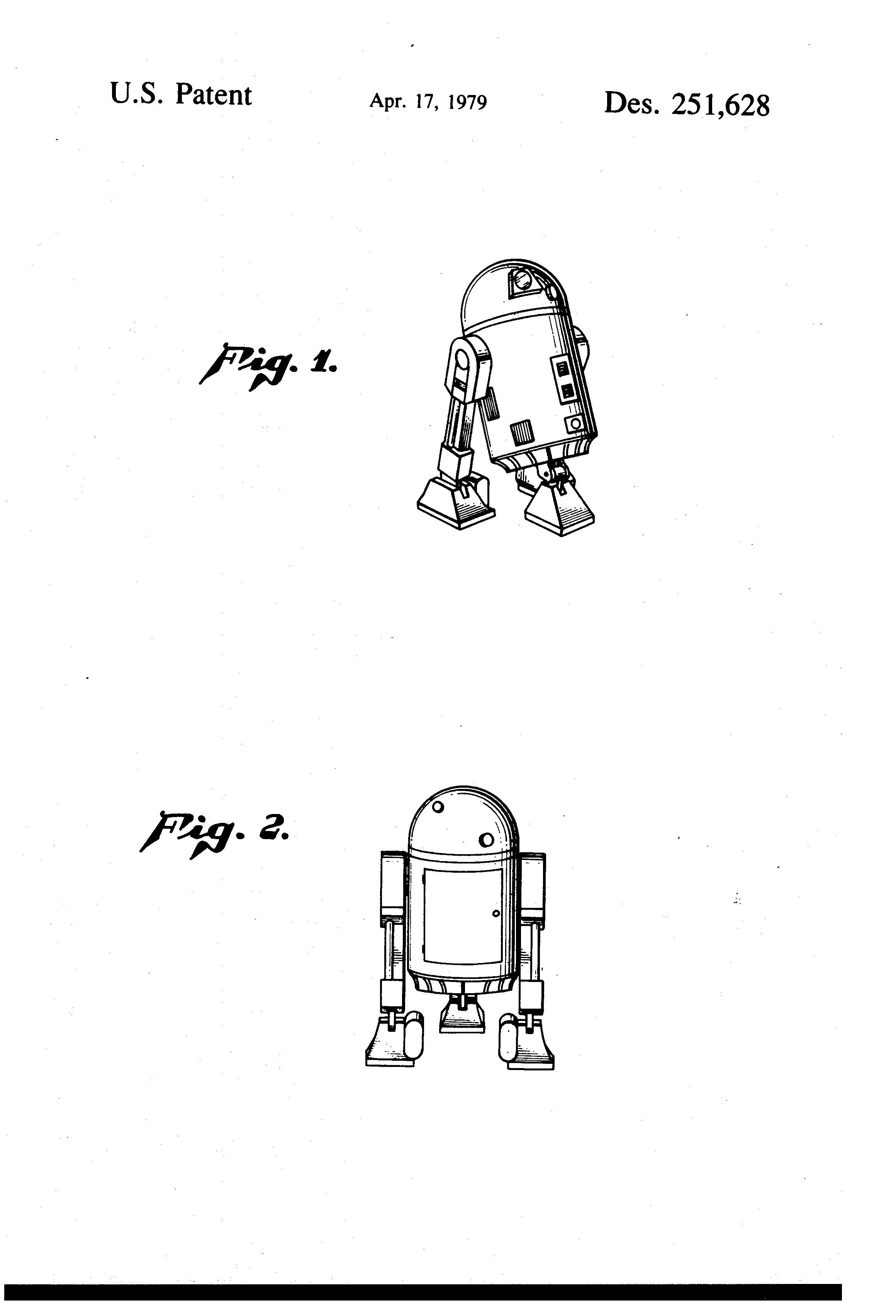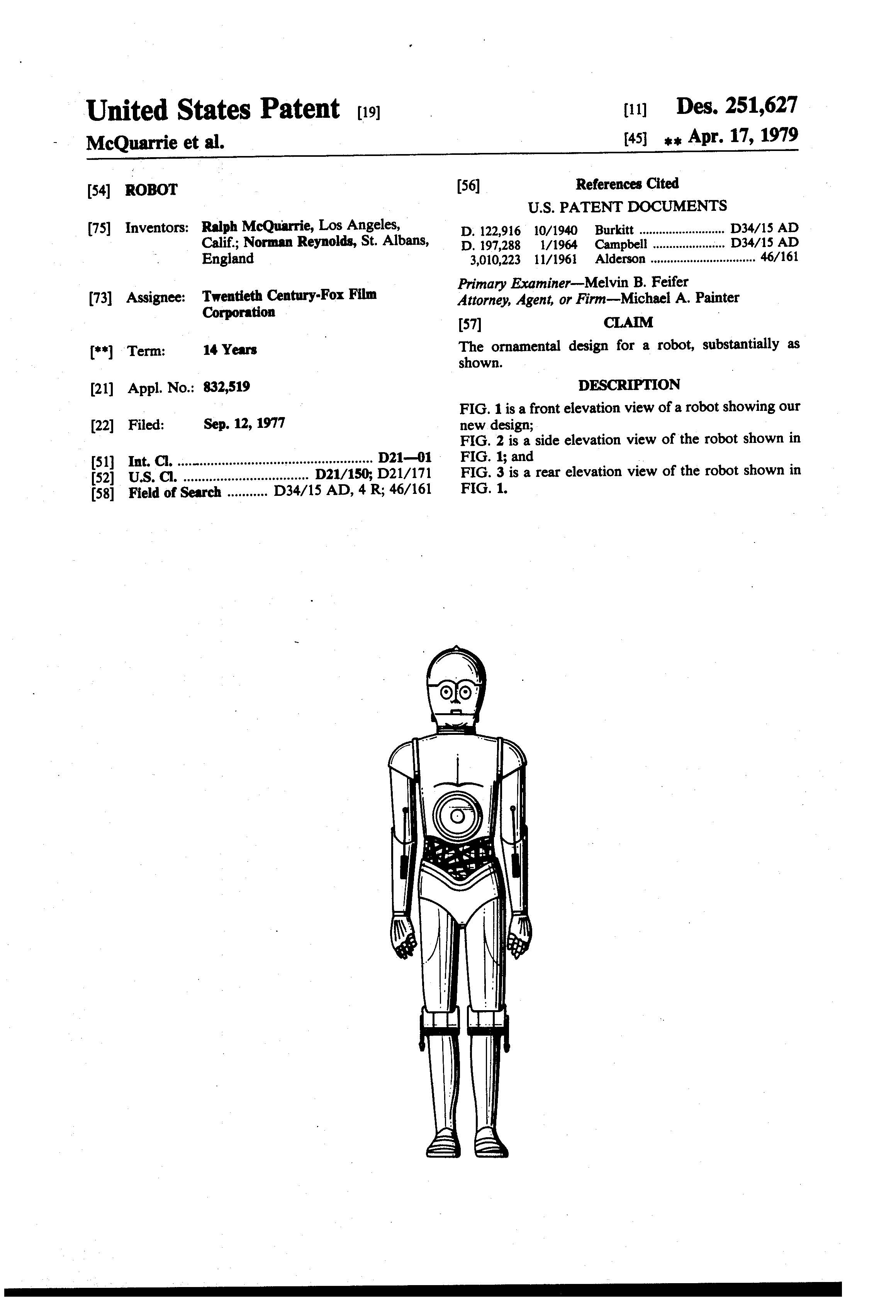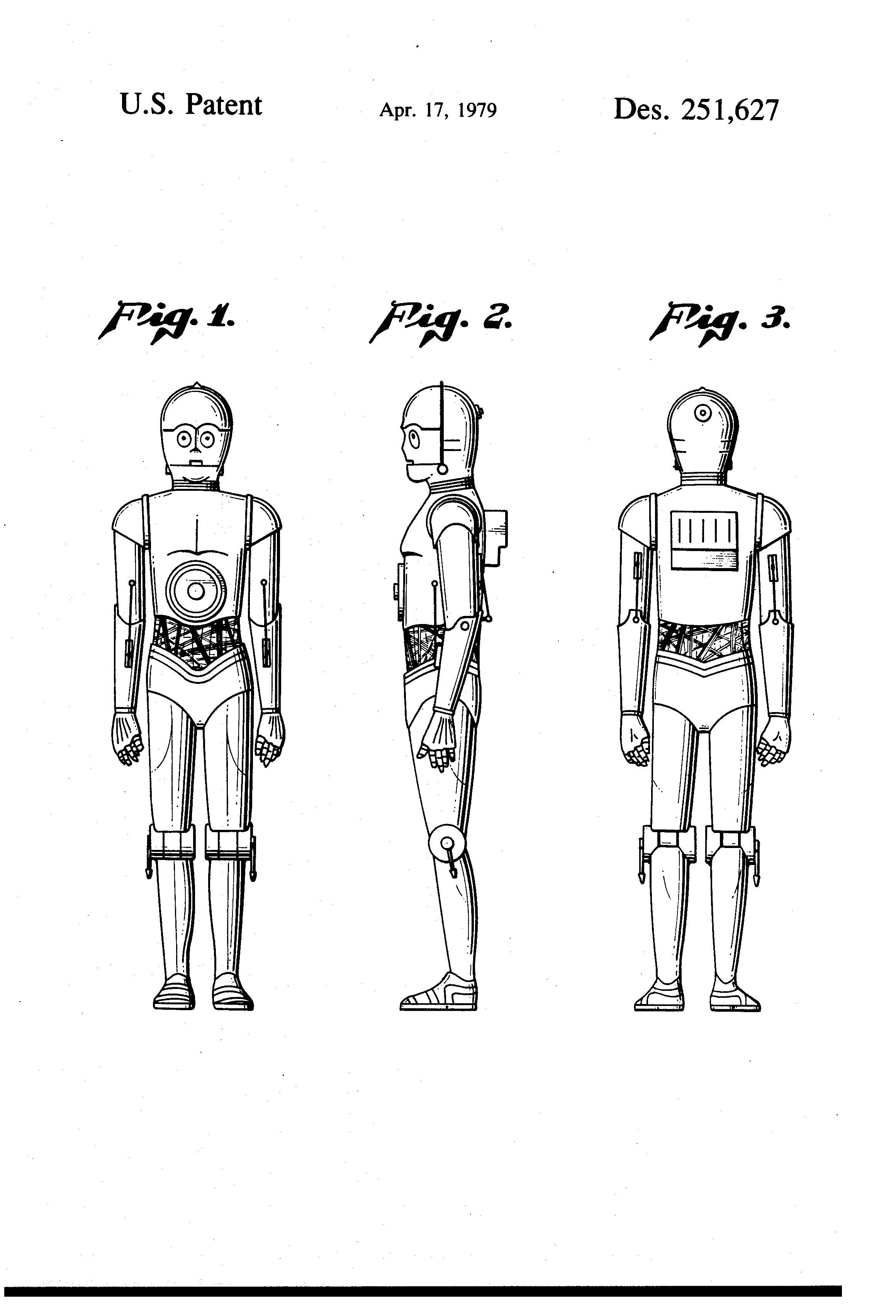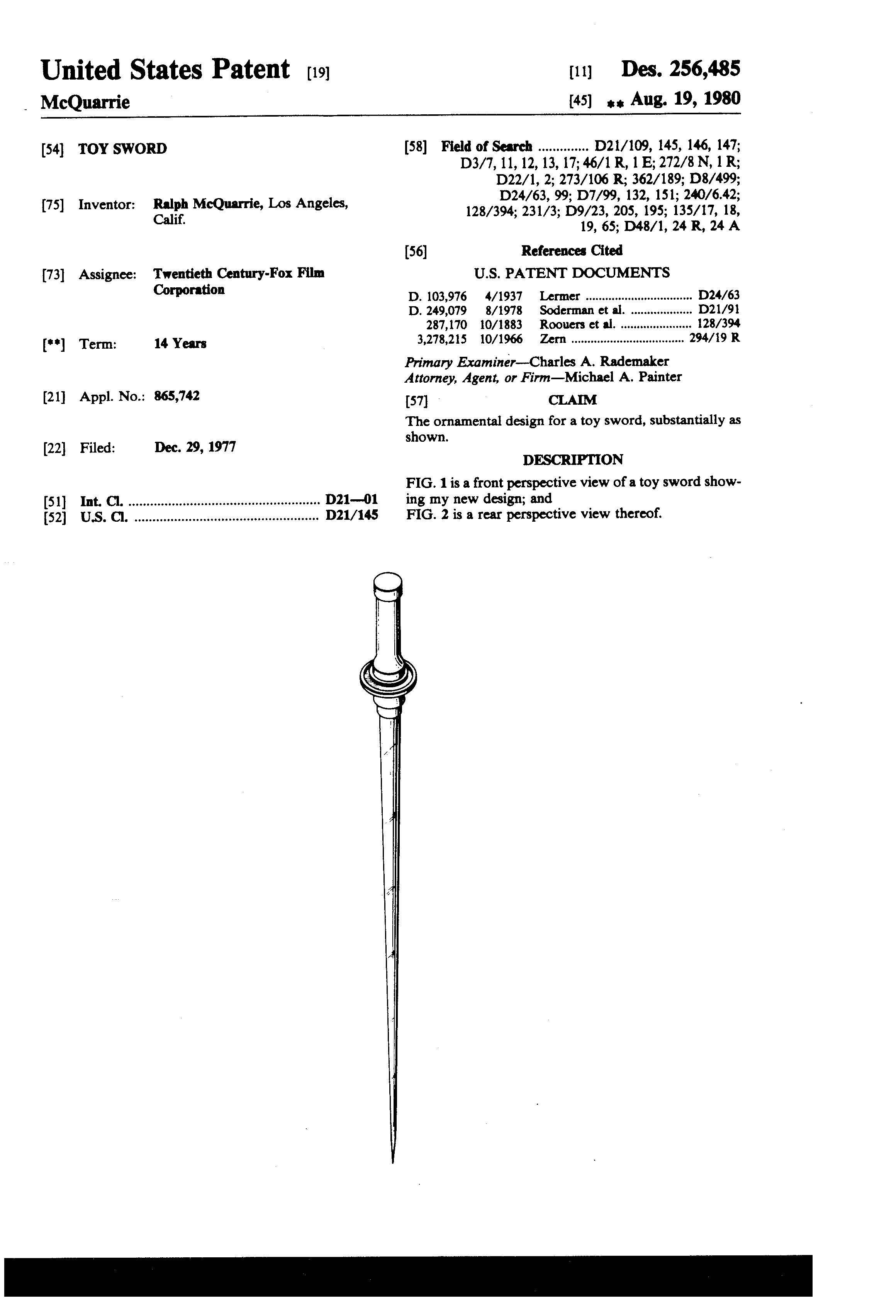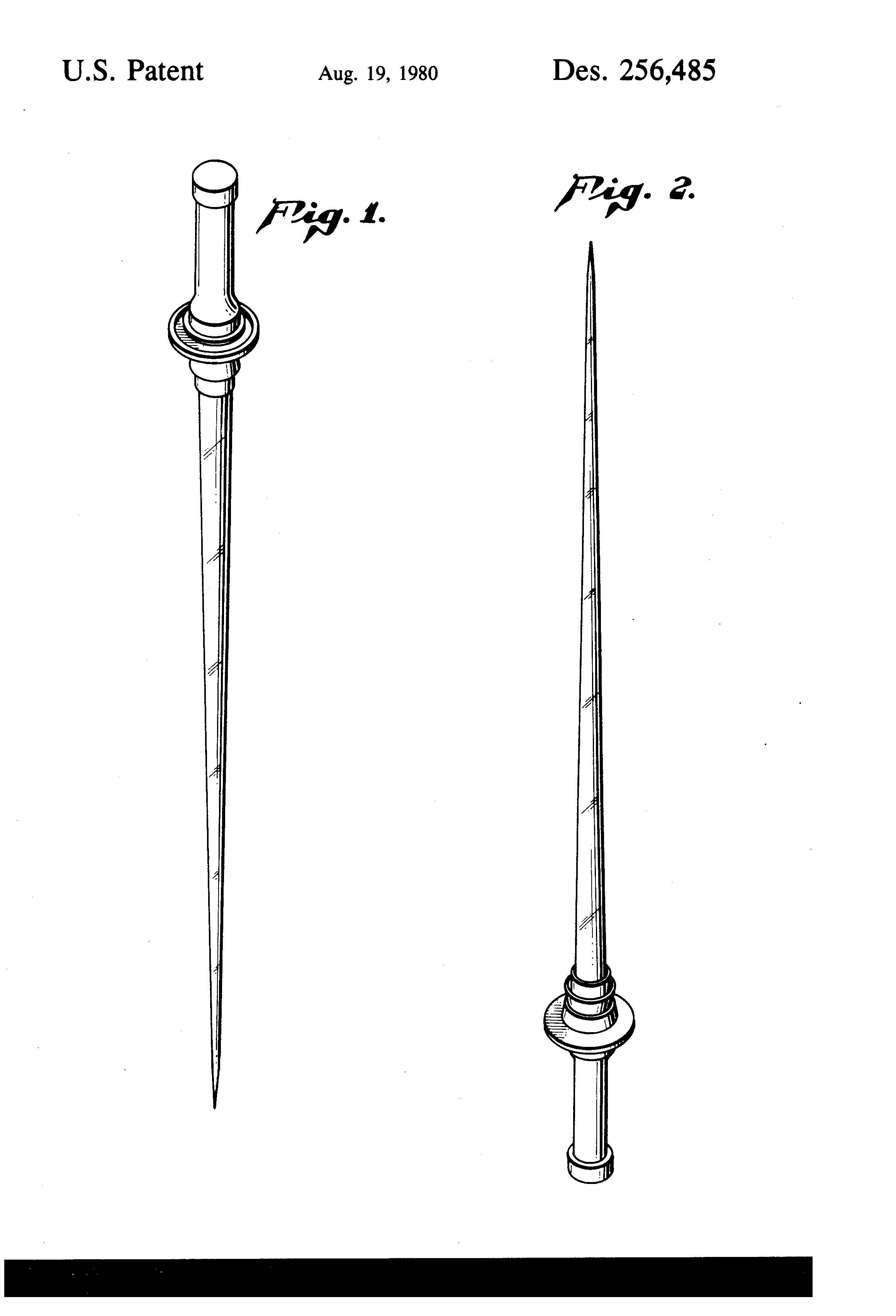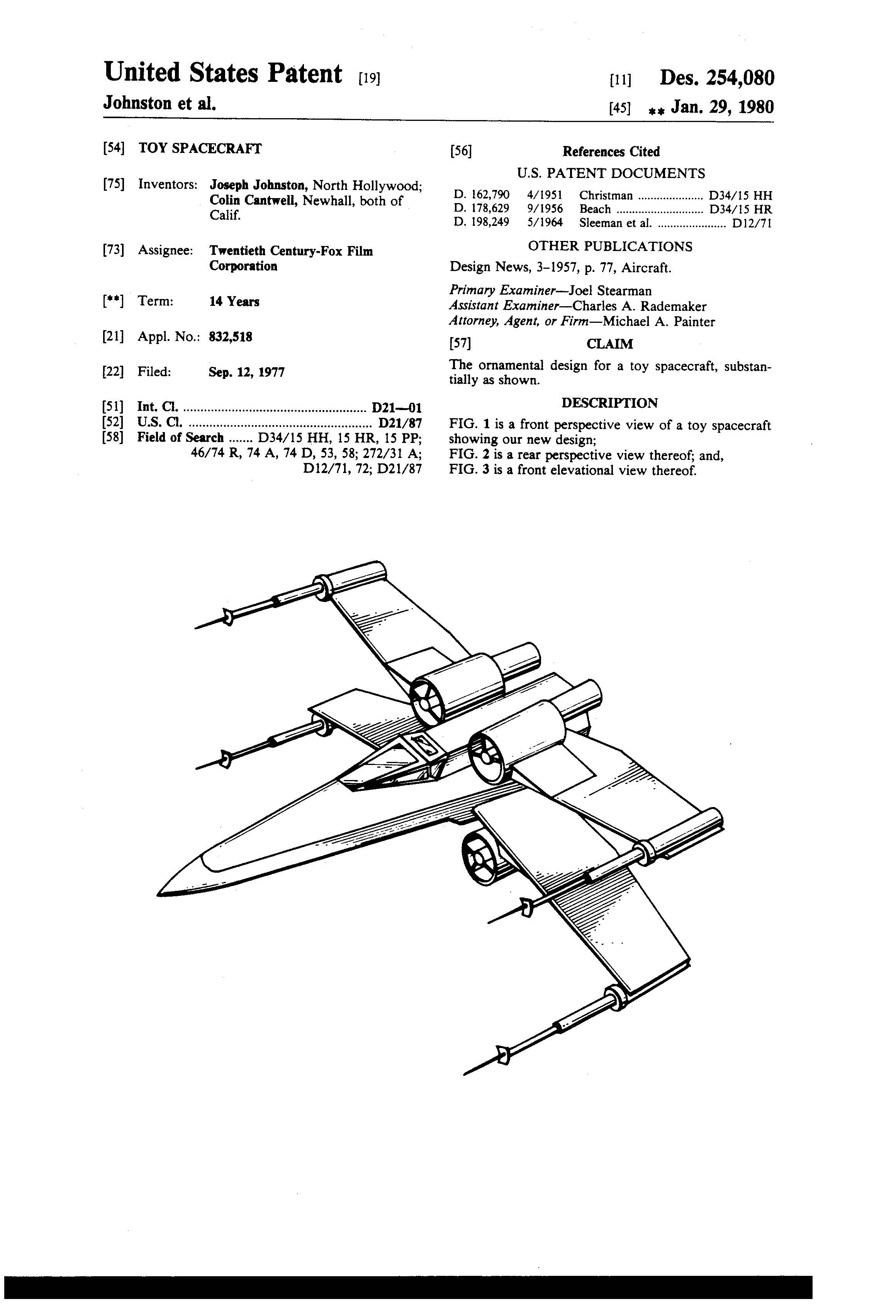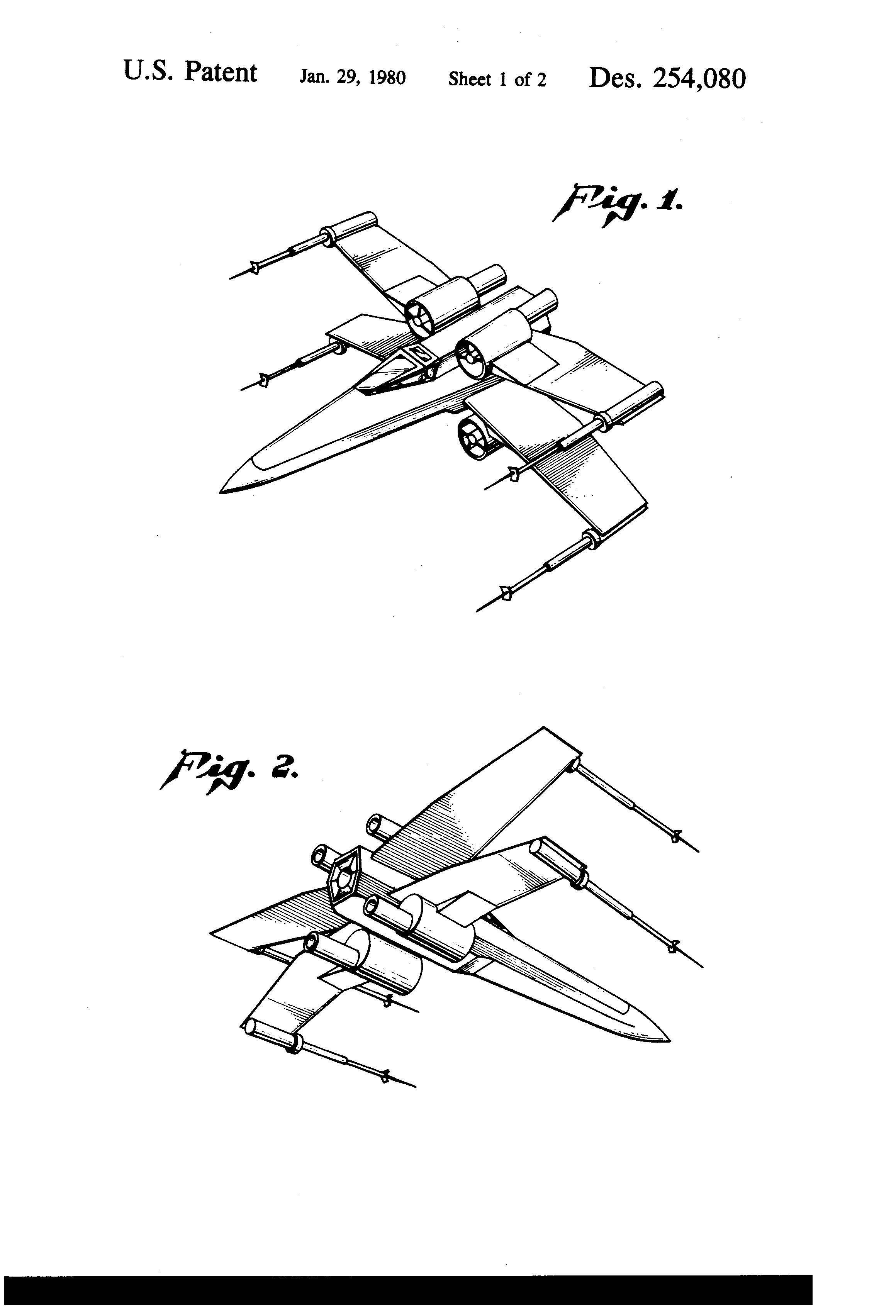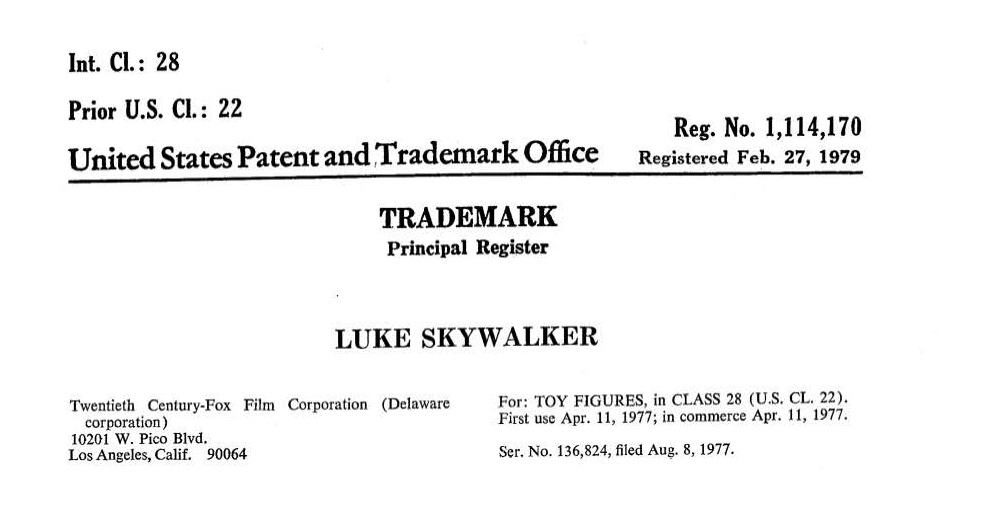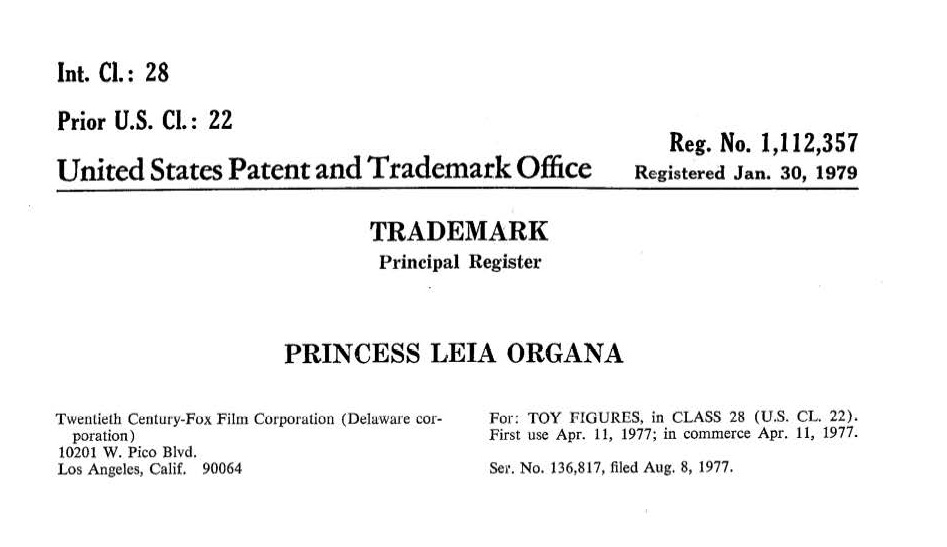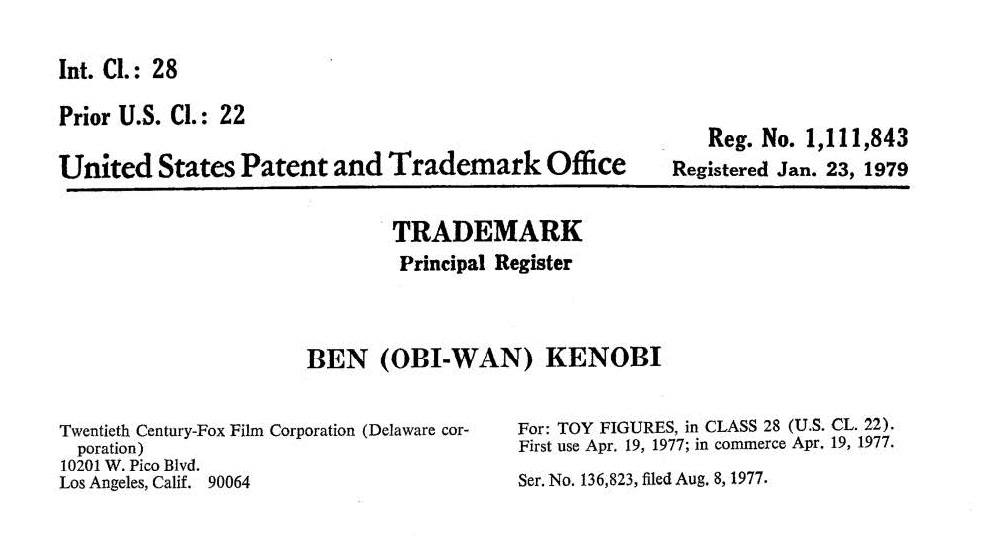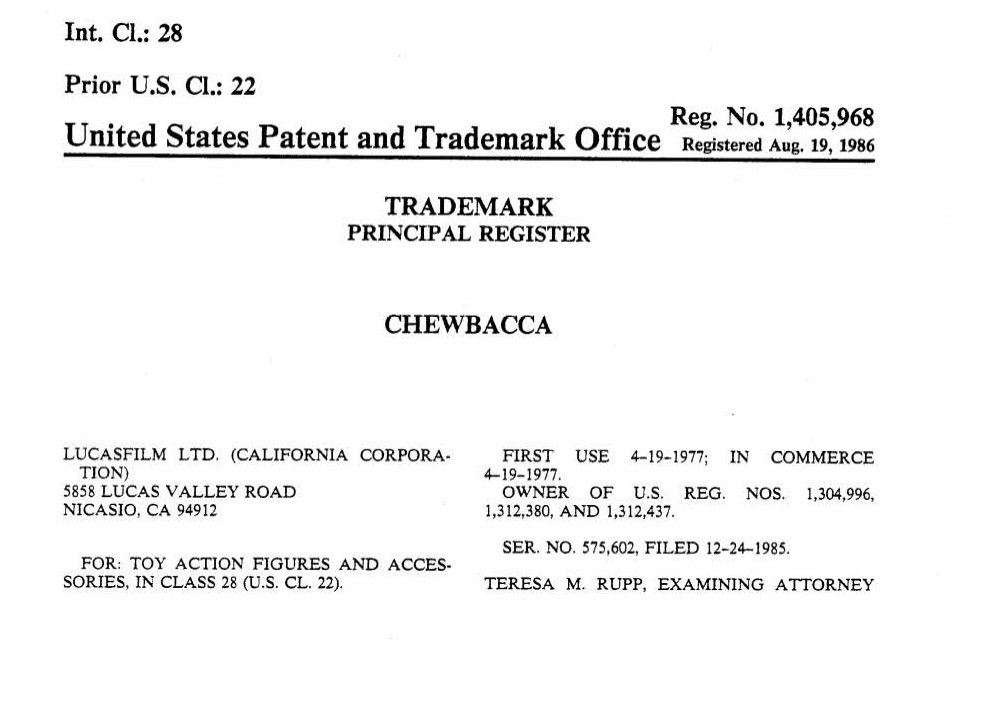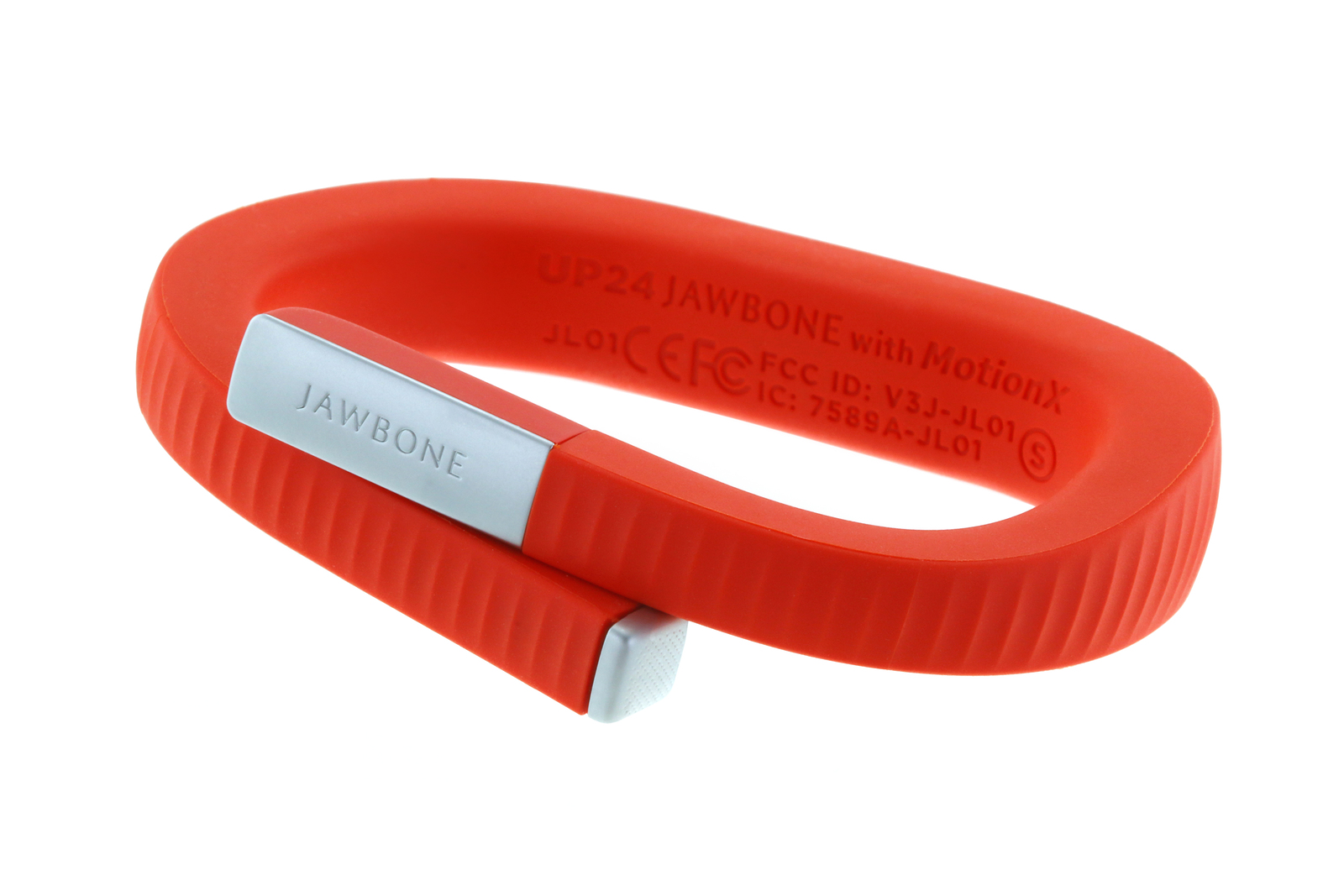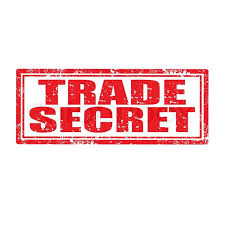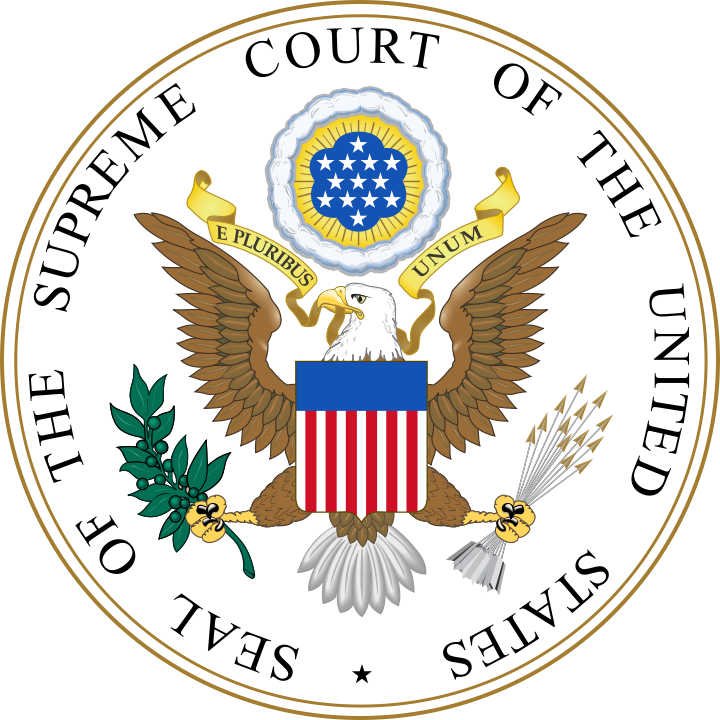Patent of the Day: Head Covering
On this day in 1916, Hyman Rosenbaum, was granted the patent for Head Covering. U.S. Patent No. 1,182,210.
The object of this invention is to provide a neat, comfortable covering, provided with means for shielding the eyes of the wearer from over-strong rays of light, said covering being also provided with means for protecting the eyes from dust and wind.

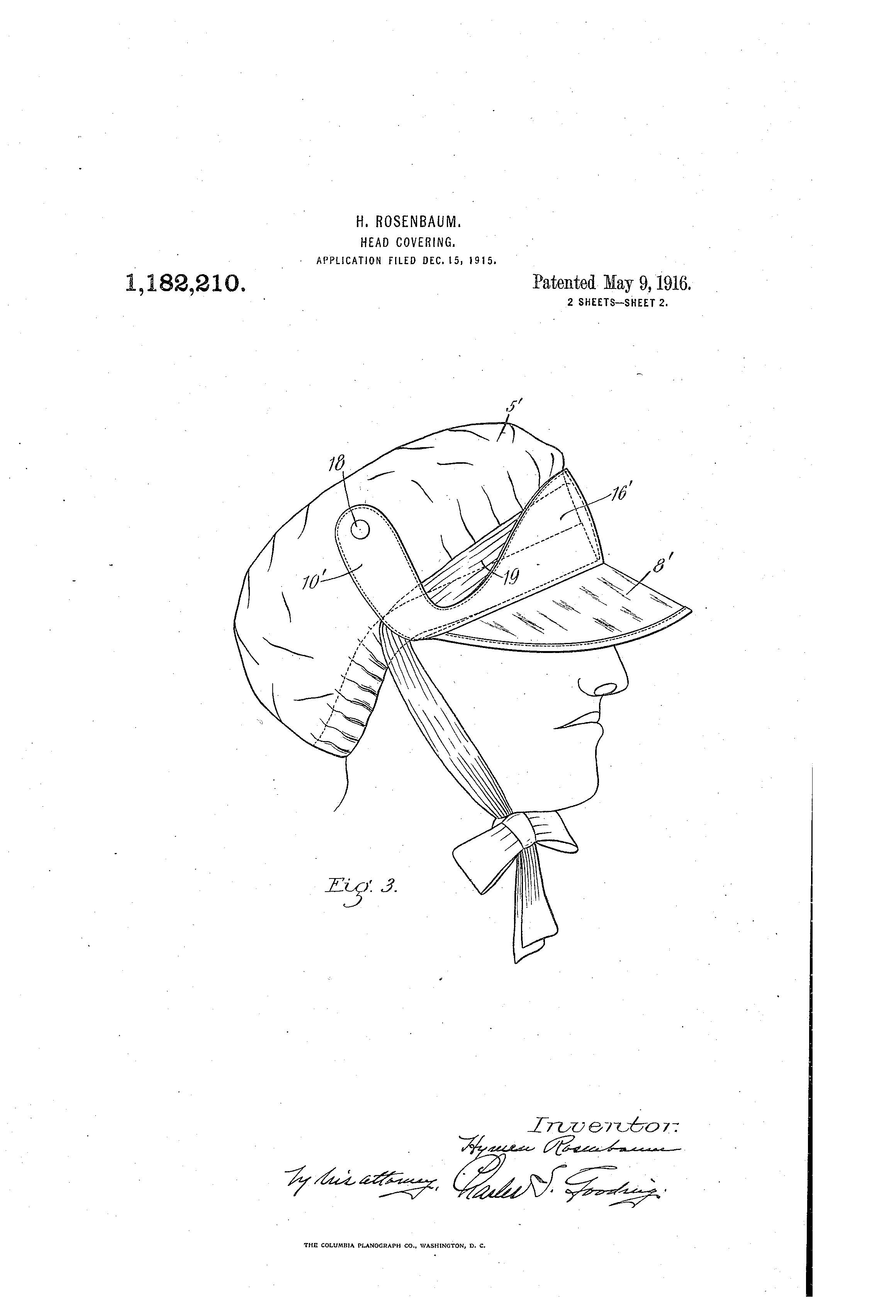
Golden State Warriors Trademark ‘Strength in Numbers’
A columnist from the San Francisco Chronicle asked Steve Kerr, head coach of the Golden State Warriors, if the team-building mantra “Strength in Numbers” was ideal for a t-shirt. Kerr smiled and said “Patent pending.”
Little did that reporter know Steve Kerr may not have been kidding. Although the mantra “Strength in Numbers” is not patentable subject matter, it is eligible for federal trademark protection and the reigning NBA champions have registered it.
“It’s become crystal clear it’s much more than a set of words,” said Kenny Lauer, the team’s vice president of digital and marketing. “When something becomes more than just a slogan, then you have to look at protecting that.”
The phrase originated with Steve Kerr prior to the 2014-2015 season, his first season as head coach of the Golden State Warriors. What started out as a way to inspire his players and bring them together as a team became a unifying cry for the Warriors and their fans.
The United States Patent and Trademark Office (USPTO) shows the Golden State Warriors applied for the trademark on June 4, 2015, a few weeks before they won the NBA title. Based on the results in 2015 and their march toward a second straight title, it would seem likely that their mark has gained significant value since the initial filing.
It is worth noting that the Warriors are not the only team or player to trademark a slogan. The Oakland Raiders trademarked their slogan, “Commitment to Excellence”, in 2002. In the late 80’s, L.A. Lakers coach Pat Riley trademarked the famous phrase “three-peat”. Bryce Harper, of the Washington Nationals, trademarked “That’s a clown question, bro”.
The Warriors are also not the only organization that has trademarked “Strength in Numbers.” U.S. Trademark Law allows for duplication of marks by different companies provided there is no likelihood of confusion between the identical marks. During the examination, performed by the USPTO, no marks were deemed to cause a likelihood of confusion with the Warriors’ mark. In addition, no entity came forward to oppose the Warriors’ registration once it was published for opposition. As a result, the Warriors’ mark was issued a notice of allowance on December 15, 2015.
Patent of the Day: Turbine
On this day in 1913, Nikola Tesla was granted the patent for Turbine. U.S. Patent No. 1,061,206.
The object of the invention is to overcome deficiencies and to effect the transmission and transformation of mechanical energy through the agency of fluids in a more perfect manner: and by means simpler and more economical than those heretofore employed. This is accomplished by causing the propelling fluid to move in natural paths or stream lines of least resistance, free from constraint and disturbances such as occasioned by vanes or kindred devices, and to change its velocity and direction of movement by imperceptible degrees, thus avoiding the losses due to sudden variations while the fluid is imparting energy.

Patents in the Workplace - Who Owns Them?
When an individual develops an invention while employed, questions may arise as to who owns the rights to obtain a patent: the employee or the employer? There are many factors that come in to play in this situation.
For one, did the employee ever sign an employment agreement or a pre-invention assignment? Many sophisticated companies will have the employee sign specific documents stating anything that is invented while employed by the company shall be assigned to said company, often times referred to as pre-invention assignment. Some employee agreements have invention clauses in them stating the expectations of the employee while employed.
Often times, employees are “employed to invent”. In this instance an employee agreement may not be formally entered into as continued employment is contingent upon the employee’s inventing or designing skills. However, the employer may still own the rights to the employee’s subsequent inventions. This doctrine is derived from a Supreme Court ruling that stated “Anyone employed to make an invention, who succeeds, during his term of service, in accomplishing that task, is bound to assign to his employer any patent obtained.” United States v. Dubilier Condenser Corp., 289 U.S. 178 (1933).
Despite this ‘employed to invent’ rule, most companies still use a written agreement as it is more reliable and easier to enforce than this implied agreement.
In another case, suppose that an employee did not enter into an employment agreement or pre-invention assignment and was not “employed to invent.” The employee may still not be in the clear. If the employee developed the invention on company time, the company may be entitled to “shop rights” - an implied license under which a company may use a patented invention, invented by an employee who was working within the scope of their employment, using the firms' equipment, or inventing at the firms' expense - regardless of whether the invention is related to the company business or within the employee’s job responsibilities. Although the employer is afforded a nonexclusive license to use the invention without paying royalties to the employee, ownership of the invention will be retained by the employee.
As such, before engaging in any “inventive” activity while on the job, employees should confirm whether or not they have signed an agreement with an invention clause in it and determine what the company’s policy on inventions and assignments are.
Patent of the Day: Finger Protector for Cigarette Smokers
Things have certainly changed since 1936 when smoking was popular, glamorized and even encouraged. Theron E. Hatcher, inventor for this patent that was granted on May 5, 1936 as U.S. Patent No. 2,039,530 stated "Lately the smoking of cigarettes has become a fad among women. However I have observed that most women are somewhat annoyed by the staining or discoloration of their fingers or gloves and the lips due to the deposit thereon of smoke or nicotine emanating from the cigarette in the process of smoking."
"The object of the present invention is to provide convenient and economical protectors whereby the staining or discoloration can be largely or entirely prevented. As a woman may smoke a considerable number of cigarettes during the day or on social occasions, as for example, at a card party, a dance, during a drive or other entertainment a further object is to provide a convenient and economical pad or package containing a considerable number of the protectors referred to so that when a fresh cigarette is taken a fresh protector shall be at hand for application to the cigarette."
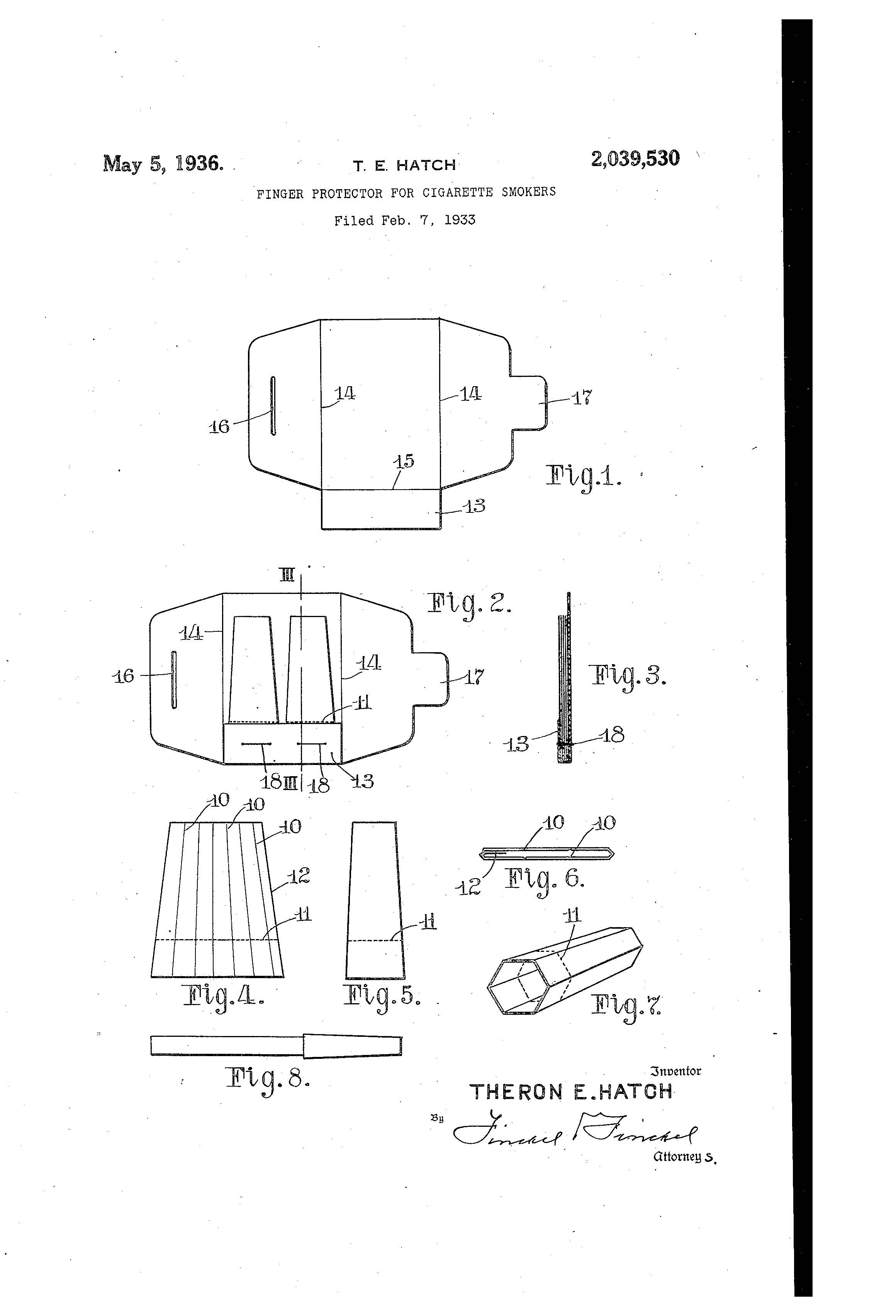
Star Wars Day - May the 4th be with You
May the 4th, aka Star Wars Day. Some will celebrate by dressing up, others will watch a Star Wars marathon, but we will celebrate by regaling in the various patents and trademarks that were obtained for the Star Wars Empire. Below is a list of a few of them.
1. Yoda’s design patent was granted on August 10, 1982 as U.S. Patent No. D265,754.
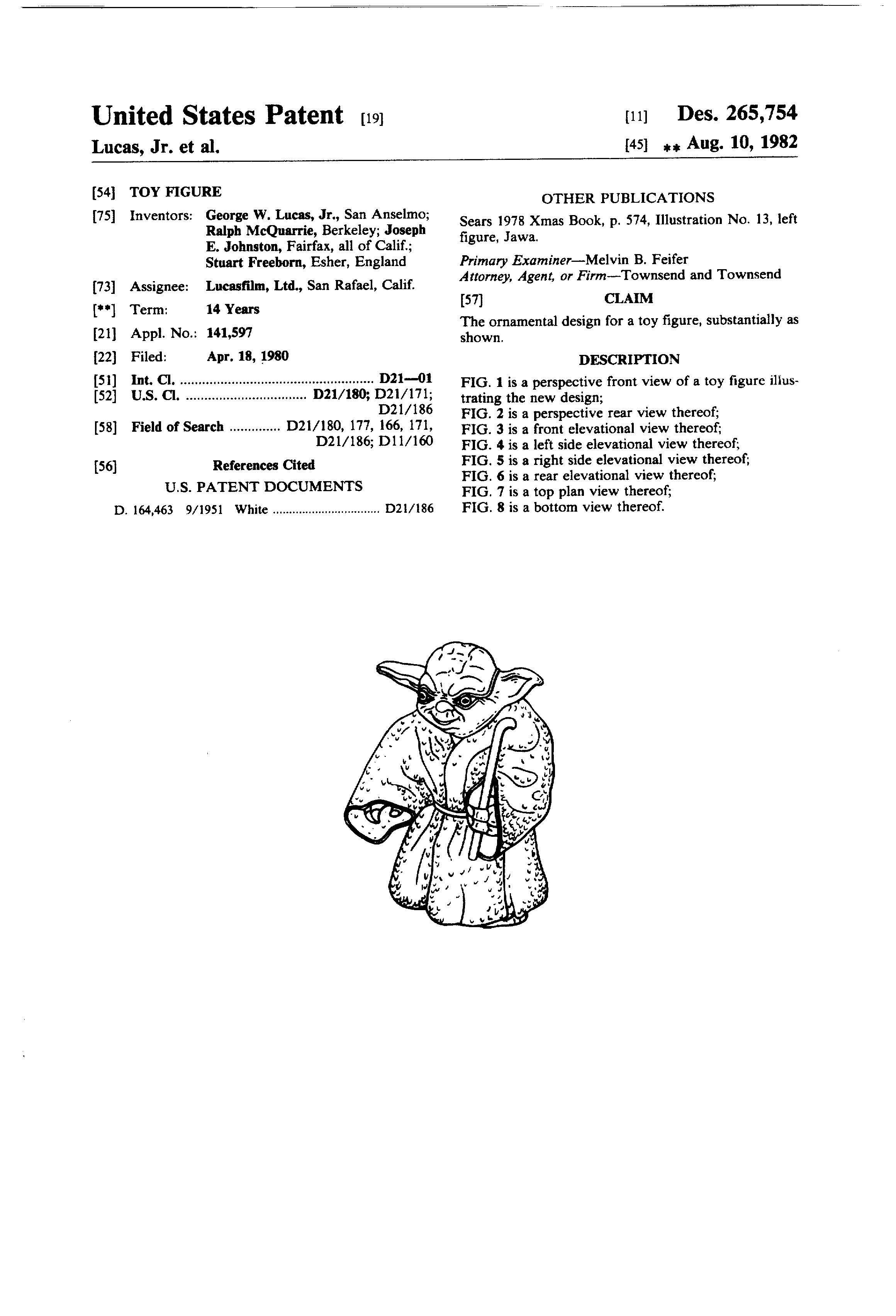
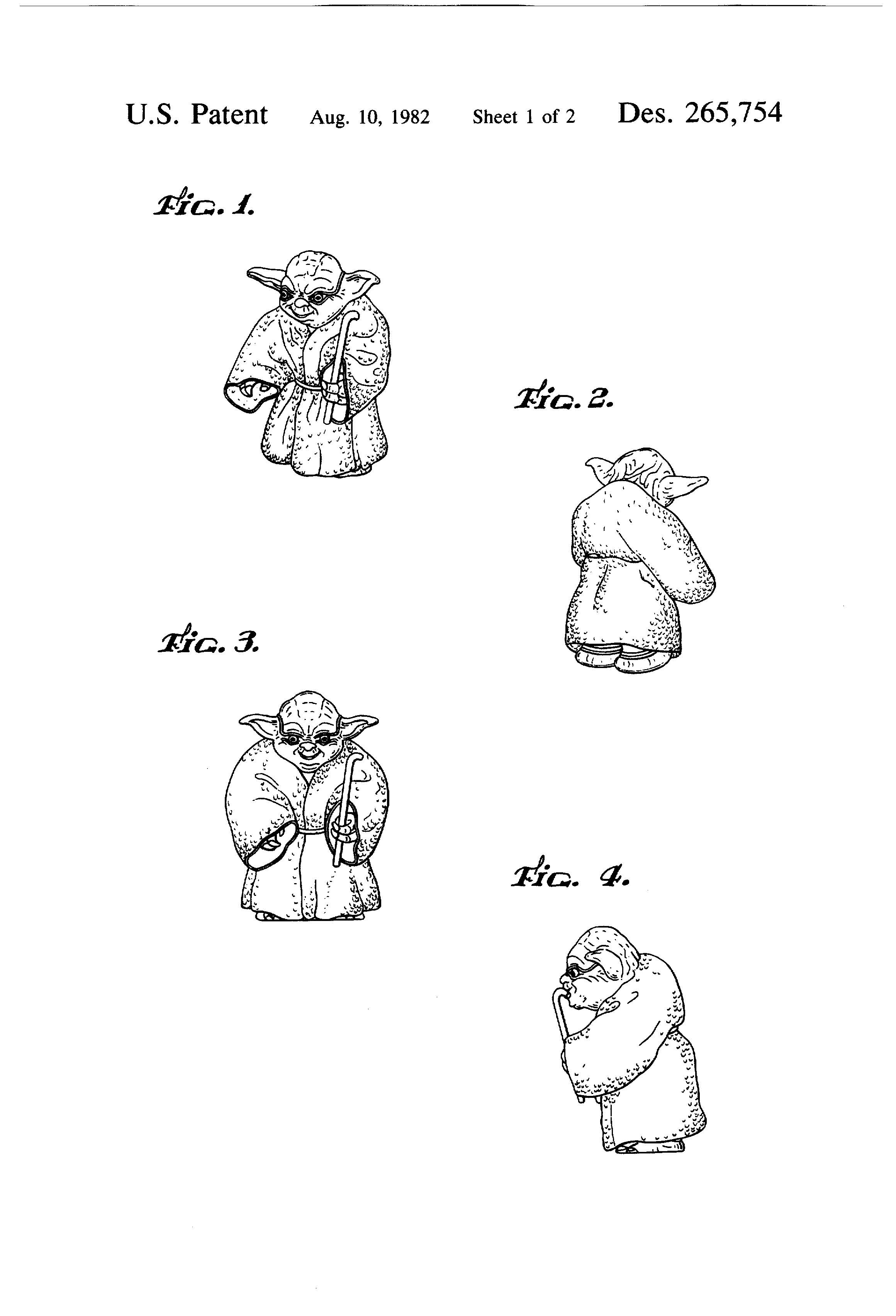
2. Admiral Ackbar’s design patent was granted on January 15, 1985 as U.S. Patent No. D277,208.
3. R2-D2’s design patent was granted on April 17, 1979 as U.S. Patent No. D251,628.
4. C-3PO’s Design patent was granted on April 17, 1979 as U.S. Patent No. D251,627.
5. The Light Saber’s design patent was granted August 19, 1980 as U.S. Patent No. D256,485.
6. X-Wing Fighter’s design patent was granted on January 29, 1980 as U.S. Patent No. D254,080.
7. Luke Skywalker’s trademark was registered February 27, 1979 as Reg. No. 1,114,170.
8. Princess Leia Organa’s trademark was registered January 30, 1979 as Reg. No. 1,112,357.
9. Darth Vader’s trademark was registered February 27, 1979 as Reg. No. 1,114,169.
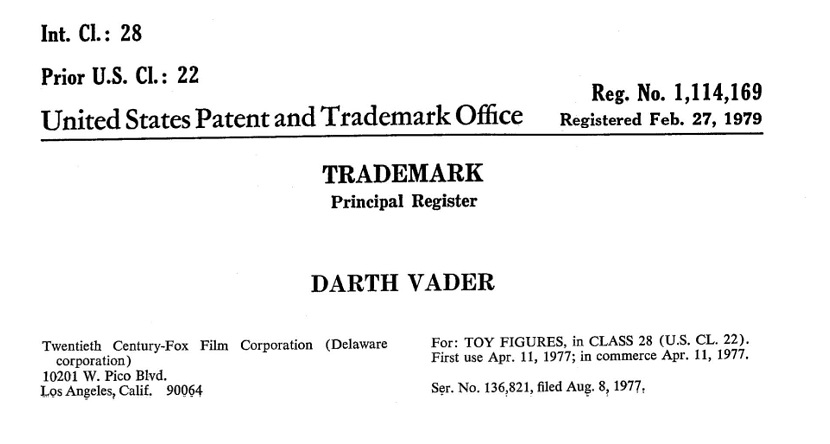
10. Ben (Obi-Wan) Kenobi’s trademark was registered January 23, 1979 as Reg. No. 1,111,843.
11. Chewbacca’s trademark was registered August 19, 1986 as Reg. No. 1,405,968.
Patent of the Day: Trench Weapon
On this day in 1921 Samuel M. Kass was granted the patent for Trench Weapon. U.S. Patent No. 1,376,888.
His invention related to weapons suitable for hand-to-hand conflict in front line positions, and particularly for the type of warfare known as trench warfare. The purpose of his invention is to enable a soldier to project a knife with great speed, force and accuracy and to recover it again.
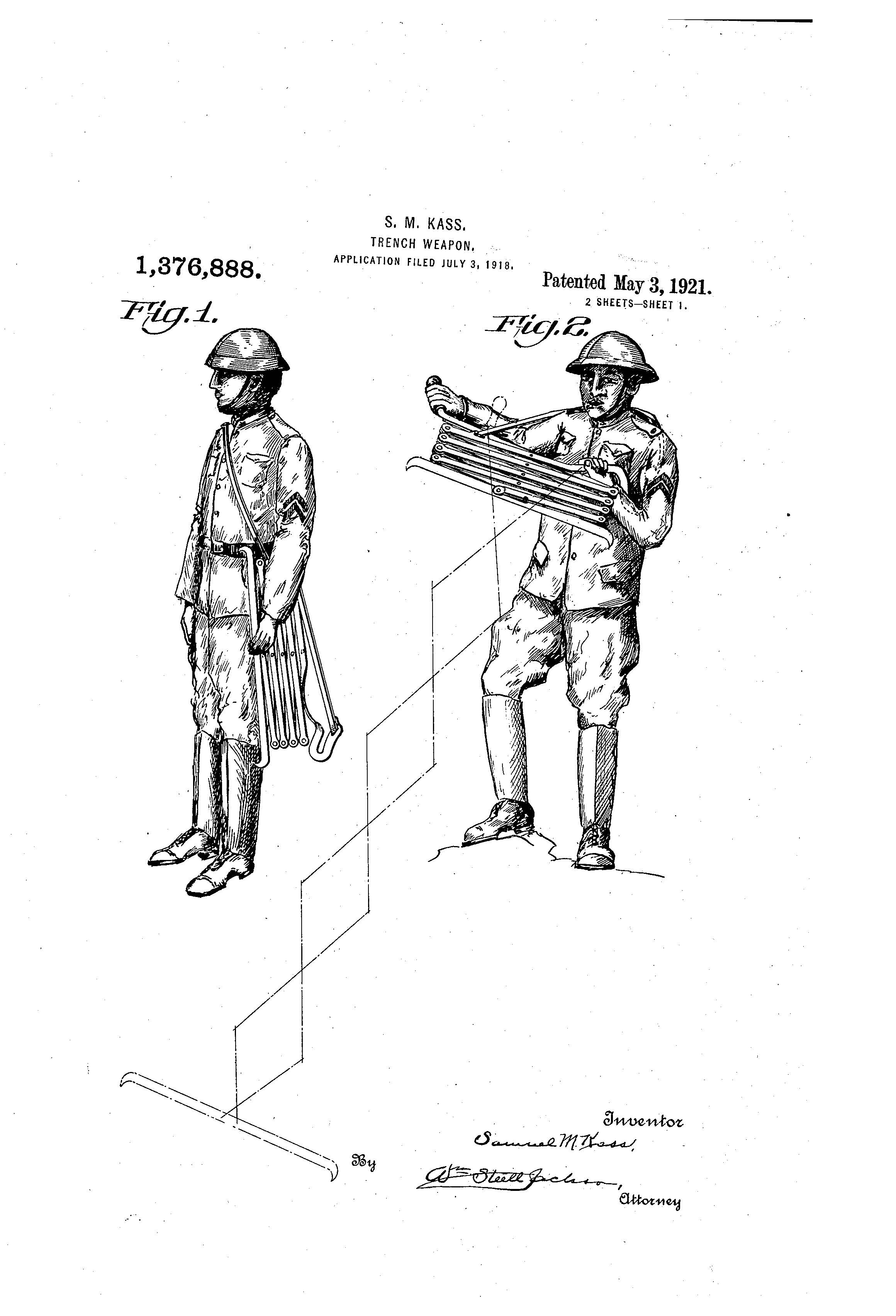
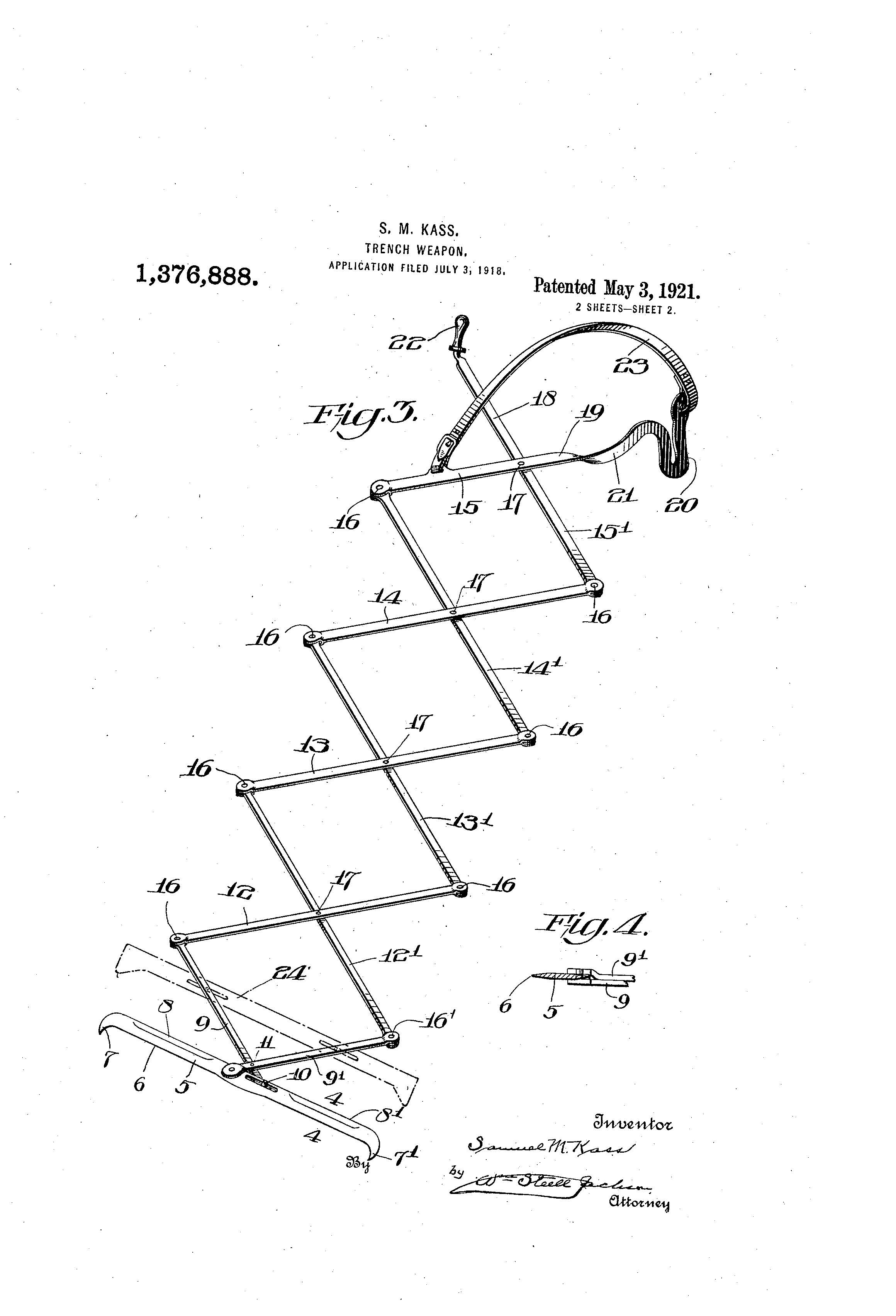
Intellectual Property and Fitbit v. Jawbone
On Thursday April 29th, the U.S. International Trade Commission (ITC) invalidated a number of Jawbone patents, which have been the subject of the ongoing legal dispute between Fitbit and Jawbone.
The official court filing states that the claims in certain Jawbone patents "seek a monopoly on the abstract ideas of collecting and monitoring sleep and other health-related data," and are therefore ineligible. The ITC stated that "No innovating concept is claimed in either patent. Specifically with respect to systems for organizing human activity, the courts have determined that a patent is not eligible when it claims the use of computer technology to accomplish tasks that were in the past performed by human beings."
In addition to alleged patent infringement, Jawbone is also seeking an import ban on Fitbit fitness trackers based on allegations that Fitbit stole trade secrets from Jawbone. Jawbone, in a lawsuit last year, claimed Fitbit lured Jawbone’s employees to Fitbit in an attempt to steal information related to marketing plans and product design. Fitbit countered that there is no evidence of improper conduct and stated that they will be focusing their case on the facts and patent claims. The Court confirmed that Fitbit will face trial on claims that Fitbit stole Jawbone’s trade secrets on May 9.
The two companies have been involved in an ongoing intellectual property battle for years. A representative from Jawbone provided the following statement "The two patents that are the subject of the ITC ruling represent only a portion of Jawbone's case against Fitbit and a small subset of Jawbone's overall patent portfolio. The Court confirmed that Fitbit will face a trial in 10 days on claims that it misappropriated Jawbone's trade secrets. In the meantime, the patent ruling will be appealed."
Fitbit also has a patent-infringement case that is pending against Jawbone at the agency.
Patent of the Day: Swimming Tube
On this day in 1930 the patent for Swimming Tube was granted. U.S. Patent No. 1,756,383.
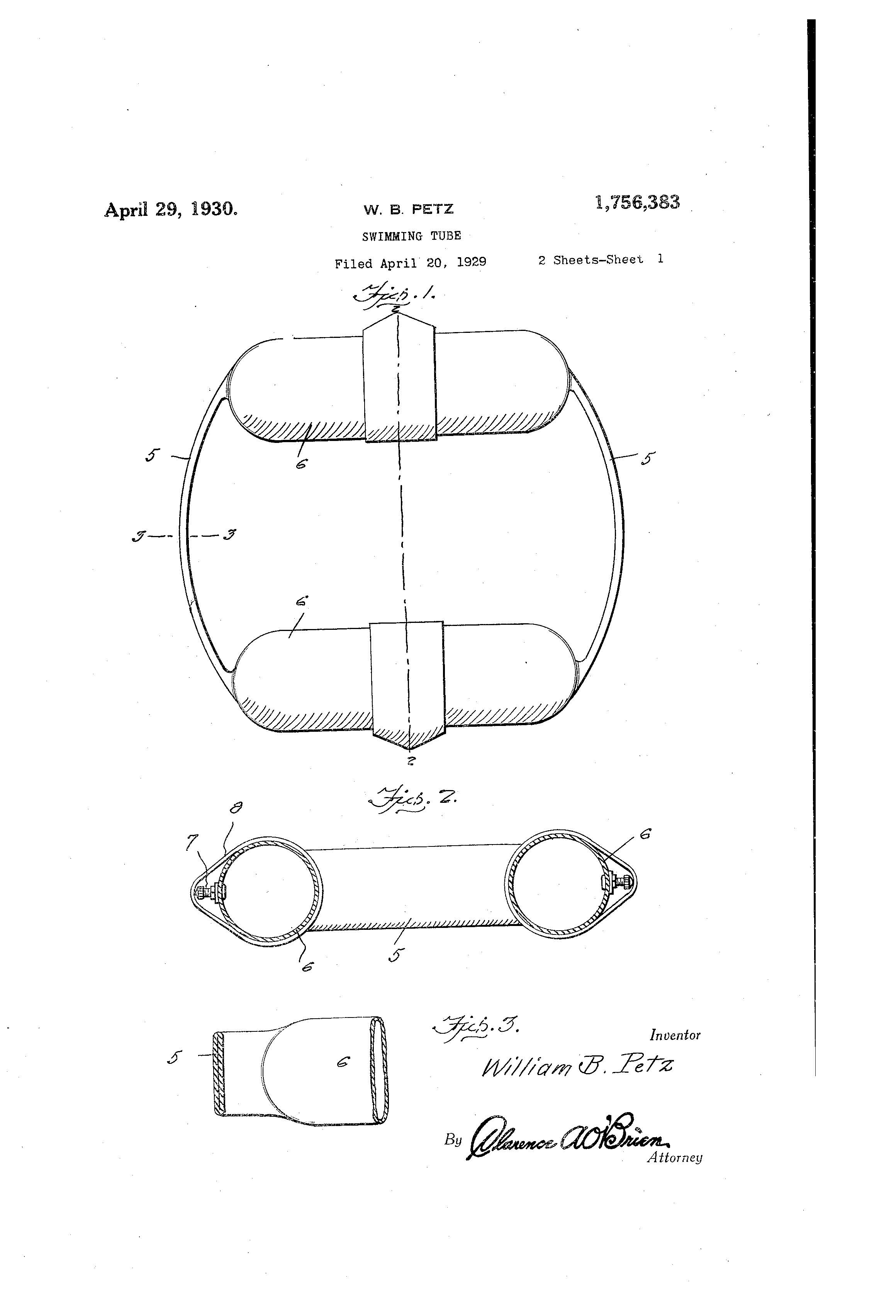
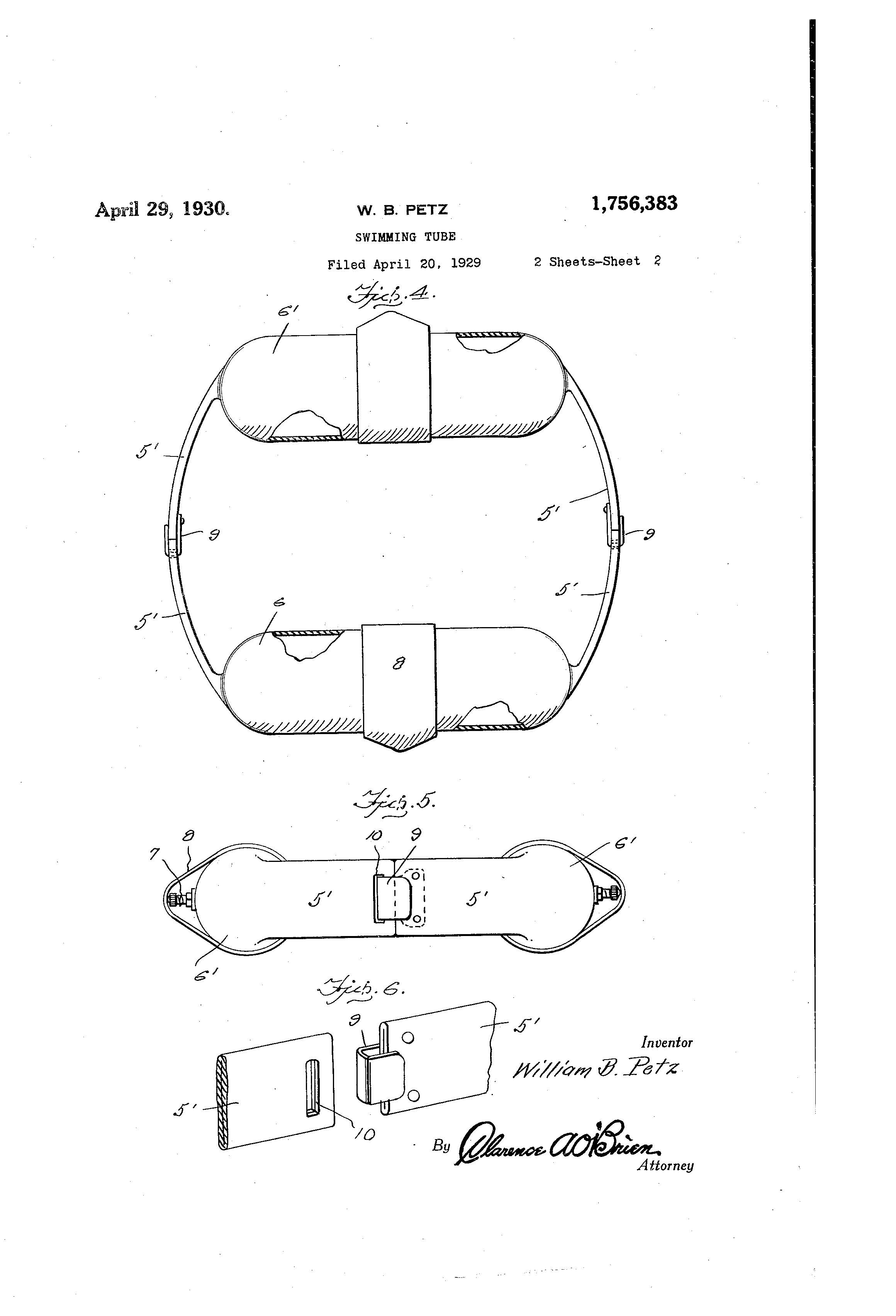
House Passes Trade Secrets Act
On April 27, 2016, by a vote of 410-2, the United States House of Representatives passed S. 1890, the Defend Trade Secrets Act of 2016 (DTSA).
In a general sense, a trade secret is information which is not generally known or reasonably ascertainable by others, and by which a business can obtain independent economic advantage due to its secrecy. It is noted that typically to receive trade secret protection one must make reasonable efforts to maintain its secrecy. Such steps may include restricting physical access to the subject matter or having those with access to the subject matter sign a non-disclosure agreement. Types of information typically subject to trade secret protection include formulas, recipes, practices, processes, designs, instruments, and patterns.
Currently, trade secrets are the only major type of intellectual property that are not backed by U.S. federal civil remedies to compensate owners for theft. With the House’s action, this seems likely to change.
This bill, penned by Senators Chris Coons (D-DE) and Orrin Hatch (R-UT), and cosponsored by almost two-thirds of the Senate, will now move on to the White House where it will likely have little problem advancing as the Obama Administration has voiced strong support for the bill. President Obama is expected to sign the bill within the next several days.
This legislation will amend the Espionage Act of 1996 to create a federal civil remedy for stealing trade secrets. This will give innovators another path in which to protect their intellectual property and provide them uniformity when protecting their trade secrets.
Michelle Lee, Under Secretary of Commerce for Intellectual Property and the Director of the United States Patent and Trademark Office, commented that “For many companies and industries, trade secrets are a critical element of their overall business strategy, valuable only when that ‘secret sauce’ doesn’t get into the wrong hands. Innovators, manufacturers, and entrepreneurs of all types will benefit greatly from a civil cause of action at the federal courts– providing a more uniform way to take action and stronger resources to prevent the transit of trade secrets out of the country. We applaud today’s bipartisan action, as it builds on the Administration’s unwavering commitment to arm businesses with a robust suite of intellectual property tools, vital to remaining competitive in a global and digital economy.”
Yosemite Park Trademark Controversy
Yosemite National Park has gorgeous vistas; the largest waterfall in North America; and landmark destinations known for decades as the Ahwahnee Hotel, Wawona Hotel, Curry Village, Yosemite Lodge at the Falls, and the Badger Pass Ski Area. Due to a dispute over the value of trademarks, on March 1, 2016, those landmarks were renamed the Majestic Yosemite Hotel, Big Trees Lodge, Half Dome Village, Yosemite Valley Lodge, and Yosemite Ski and Snowboard Area, respectively.
In June 2015, Yosemite Hospitality LLC (subsidiary of Aramark) was selected over the incumbent Delaware North Company Parks & Resorts at Yosemite, Inc. (DNCP) as the new concessioner for the park. During the bidding process, DNCP informed the National Park Service (NPS) the previous 1993 contract required any successor to purchase DNCP’s intellectual property in Yosemite, should DNCP not be chosen to renew. DNCP claims its intellectual property includes 32 trademarks (including the five names listed above), Internet domain names, and other intangible assets, valuing it at over $51 million. NPS disagrees, believing the value of the intellectual property to be approximately $3.5 million.
DNCP’s trademarks do not give the corporation complete ownership of the location names (and the name “Yosemite National Park”), but only ownership of the location names and park name when used for park merchandise such as mugs, T-shirts, and other tourist ware. According to DNCP’s Dan Jensen, the company is “not threatening to keep the names, but [is] entitled to fair value.” Despite this limited scope of ownership, NPS decided to remove all references to the contested location names in the park on March 1, 2016 to prevent interference during the changeover of concessionaires. The signs are largely temporary in nature – except for the Ahwahnee Hotel sign, which was stolen only days before the name change – likely in anticipation of the names being reinstated. Merchandise using the contested trademarks has also been pulled from shelves and replaced with items bearing the new location names and “Yosemite” instead of “Yosemite National Park” (though the park name has not been changed). NPS claims the switch-over has cost approximately $1.7 million– DNCP claims this action to have been unnecessary, as it was willing to license the use of the trademarks to the NPS for free for the duration of the upcoming battle.
DNCP has filed a suit requesting the US Court of Federal Claims enforce the contract with the NPS, but the court has not yet set a date for hearing the suit. In the interim, the United States Patent and Trademark Office (USPTO) has set a trial schedule that extends into 2017. The USPTO has also suggested arbitration or mediation of the dispute, but the legal battle currently appears inevitable with the record containing an unwillingness to negotiate the value of the intellectual property.
In a Petition for Cancellation, the NPS has asked the USPTO to cancel the trademarks awarded to DNCP, claiming improper obtainment of the marks, lack of a plan to use the marks following the non-renewal of the contract, and falsely suggesting a connection to Yosemite National Park. DNCP counters that it obtained the marks fairly, with the 1993 contract being vague about ownership and noting that the marks were officially granted by the USPTO.
No doubt the NPS will include clauses in future contracts to better define what ownership in “park property” may be obtained by contractors (if any). However, consider the possibility of a “public good” designation for names of national landmarks and monuments, perhaps making the clauses unnecessary. Would determining what constitutes a “public good” in this context be too difficult or ultimately too overbroad in its scope? Or could a line between (1) what belongs to the public and (2) what could be owned by those who work on public land be sufficiently determined? Further, if what designates a “public good” in this context could be determined, what is the likelihood the designation will be abused by the government? This is ultimately a question for the USPTO, who is charged with “advis[ing] Federal departments and agencies on matters of intellectual property policy in the United States…” under 35 U.S.C. §2(b)(9). Public opinion, at least, seems to favor the idea of a creating a public good designation for national parks and monuments, likely believing the designation would prevent similar issues with other landmarks in the future.
Offensive Trademarks and the Supreme Court
On Tuesday April 25th, a federal appeals court ruled that a federal law barring the registration of “offensive” trademarks is an unconstitutional limitation on free speech. This may have a significant impact on whether the Washington Redskins are allowed to keep their trademark.
In 2014, the U.S. Patent and Trademark Office held that the team could not trademark its name because anything that is “scandalous, immoral, or disparaging” is prohibited from trademark registration. This was further reinforced in 2015 when the District Court for the Eastern District of Virginia discussed the relationship between Section 2(a) of the Lanham Act and the First Amendment. The Lanham Act provides: "No trademark by which the goods of the applicant may be distinguished from the goods of others shall be refused registration on the principal register on account of its nature unless it— (a) Consists of or comprises immoral, deceptive, or scandalous matter; or matter which may disparage or falsely suggest a connection with persons, living or dead, institutions, beliefs, or national symbols, or bring them into contempt, or disrepute…." Lanham Act, Section 2(a), 15 U.S.C. §1052.
In December, the Federal Appeals Court, in Lee vs. Tam, ruled in favor of the Oregon-based Asian-American rock group, “The Slants,” who were attempting to trademark their band name. The Court held that the failure to register The Slants trademark amounted to a violation of the First Amendment. The Obama administration and the USPTO requested that the Supreme Court review the federal circuit’s decision.
It would seem that the outcome of Lee v. Tam would have a significant impact on the Redskins’ trademark question. While the Redskins case is currently pending in the Fourth Circuit, the team has petitioned the U.S. Supreme Court to consider their case, alongside Lee v. Tam, due to its similarity.
While this issue is politically charged, it seems that the Supreme Court may have the final say and determine once and for all whether the U.S. Government has the right to refuse registration of “offensive” trademarks.

